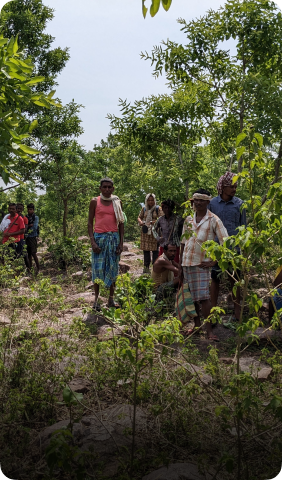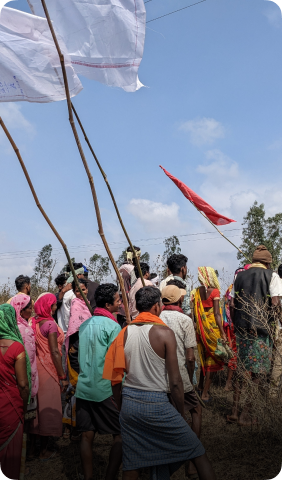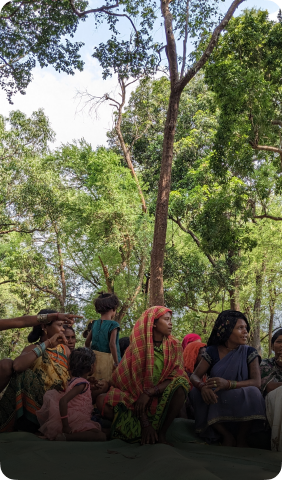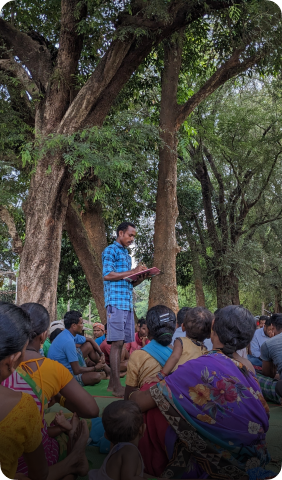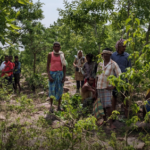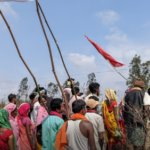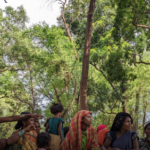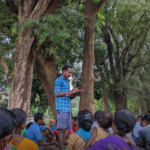We conduct action and policy-relevant research to address knowledge gaps across ecological, economic, and social dimensions related to community-based forest governance.
Our Mission
ATREE’s CFR Central India Initiative aims to promote decentralized and democratic forest governance, leading to forest conservation, and enhanced local livelihoods in central India. We seek to achieve this mission by facilitating the implementation of the provisions of the transformative Forest Rights Act of 2006, particularly the Community Forest Resource (CFR) Rights that enable Gram Sabhas to take leadership in forest governance.
The CFR Central India Initiative is part of the Forests, Governance and Livelihoods (FGL) Programme at ATREE.
our strategies
We develop people-friendly geospatial solutions for public use, including WebGIS and mobile-based mapping applications. The aim is to bridge information gaps that decision-makers, frontline government staff and village communities policymakers face; such as lack of access to government administrative boundary information, or the compartmentalization of such data between forest and revenue departments.
We seek to transmit our learnings from formal research and action-research into wider impacts through training and capacity building at multiple levels: village-level leaders, civil society organizations, and government officials.
We are engaged in pilot-level action in two Adivasi-dominated high forest sites—Bastar district in Chhattisgarh and Baiga Chak region of Dindori & Mandla districts in Madhya Pradesh. We aim to build capacities of local communities to generate positive outcomes for democratic rights, livelihoods and forests, and also to learn from these initiatives in order to inform our training and policy outreach.
We not only communicate our research and action insights on forest governance to policy-makers and make recommendations, but actively engage, at both central and state levels, in the policy-making and implementation stages of the Forest Rights Act as and when possible.
We conduct action and policy-relevant research to address knowledge gaps across ecological, economic, and social dimensions related to community-based forest governance.
We develop people-friendly geospatial solutions for public use, including WebGIS and mobile-based mapping applications. The aim is to bridge information gaps that decision-makers, frontline government staff and village communities policymakers face; such as lack of access to government administrative boundary information, or the compartmentalization of such data between forest and revenue departments.
We seek to transmit our learnings from formal research and action-research into wider impacts through training and capacity building at multiple levels: village-level leaders, civil society organizations, and government officials.
We are engaged in pilot-level action in two Adivasi-dominated high forest sites—Bastar district in Chhattisgarh and Baiga Chak region of Dindori & Mandla districts in Madhya Pradesh. We aim to build capacities of local communities to generate positive outcomes for democratic rights, livelihoods and forests, and also to learn from these initiatives in order to inform our training and policy outreach.
We not only communicate our research and action insights on forest governance to policy-makers and make recommendations, but actively engage, at both central and state levels, in the policy-making and implementation stages of the Forest Rights Act as and when possible.
our Impact




Recent Events
-
 Community Forest Resource (CFR) Rights Training Workshop for CFRMC members in Umarkhed, Yavatmal, MaharashtraRead more
Community Forest Resource (CFR) Rights Training Workshop for CFRMC members in Umarkhed, Yavatmal, MaharashtraRead more -
 Workshop on Community Forest Resource Management Plan (CFRMP) at Azim Premji Philanthropic InitiativeRead more
Workshop on Community Forest Resource Management Plan (CFRMP) at Azim Premji Philanthropic InitiativeRead more -
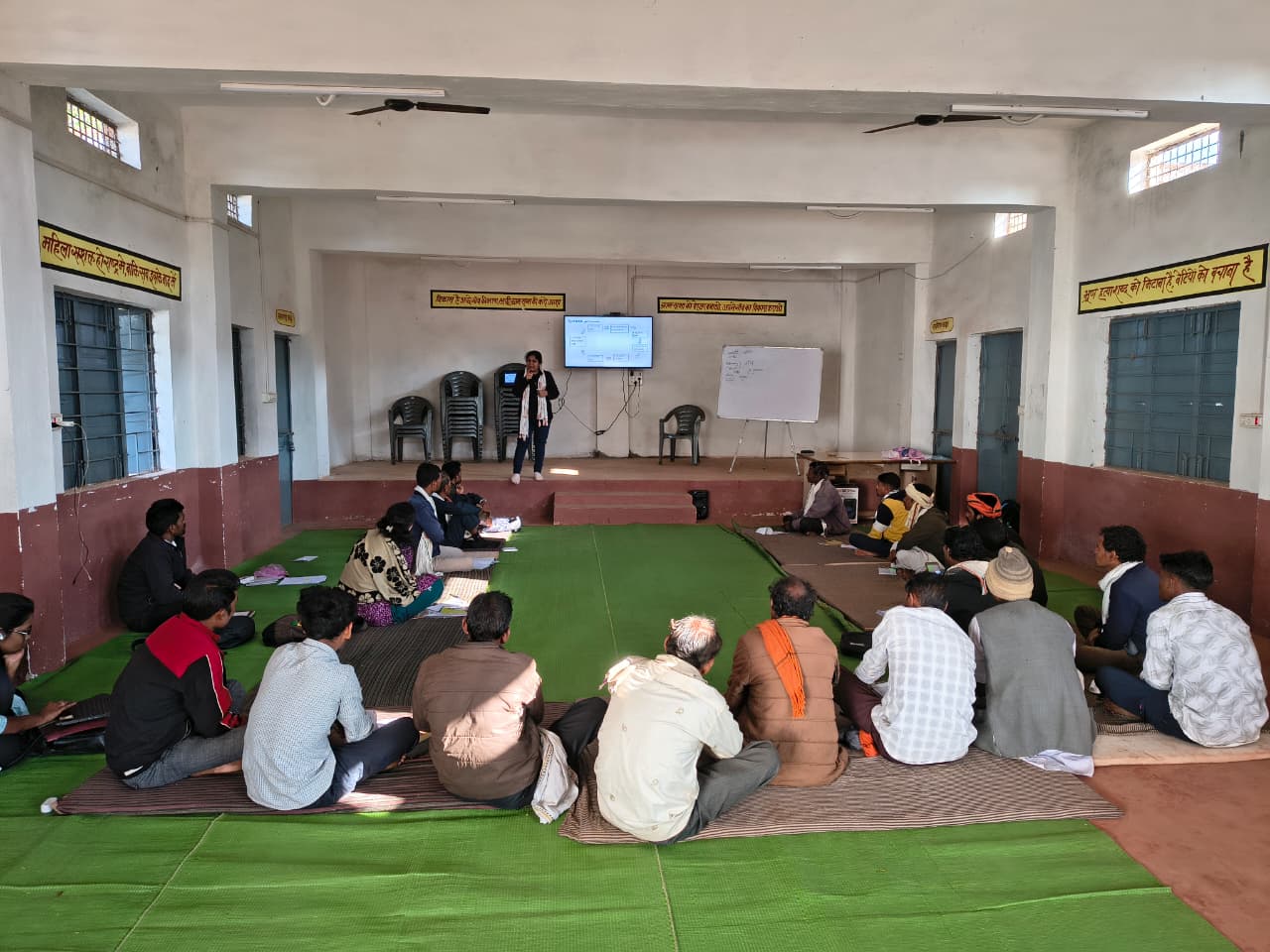 Trainings on PESA-based Tendu leaves sale in Madhya PradeshRead more
Trainings on PESA-based Tendu leaves sale in Madhya PradeshRead more -
 Training on Mahila Gram Sabhas (Women’s gram sabha) in CFR villagesRead more
Training on Mahila Gram Sabhas (Women’s gram sabha) in CFR villagesRead more
Our Outputs
-
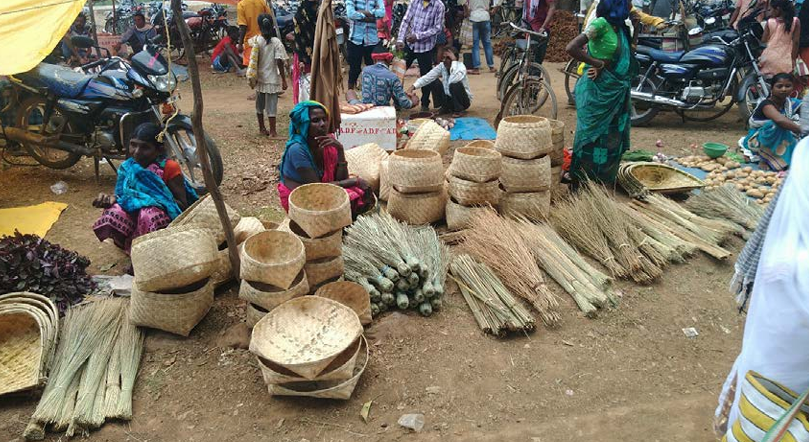 Convergence of CFRR with NTFP-based livelihoodsRead more
Convergence of CFRR with NTFP-based livelihoodsRead more -
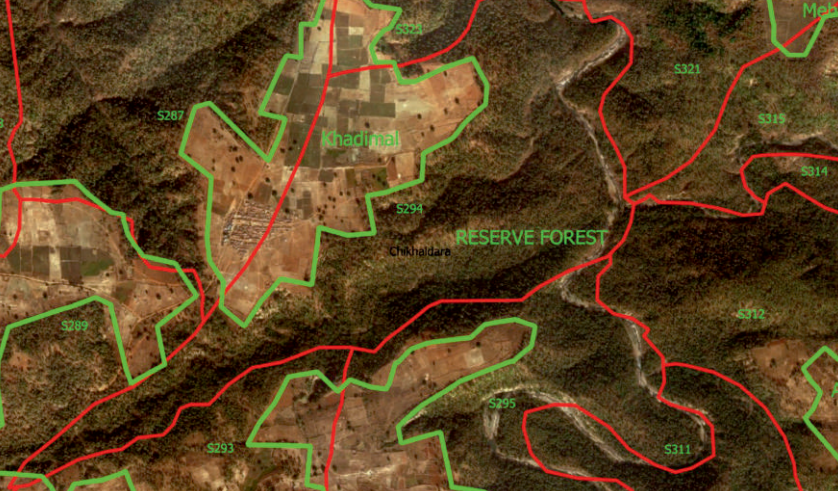 Estimating and Mapping CFR PotentialRead more
Estimating and Mapping CFR PotentialRead more -
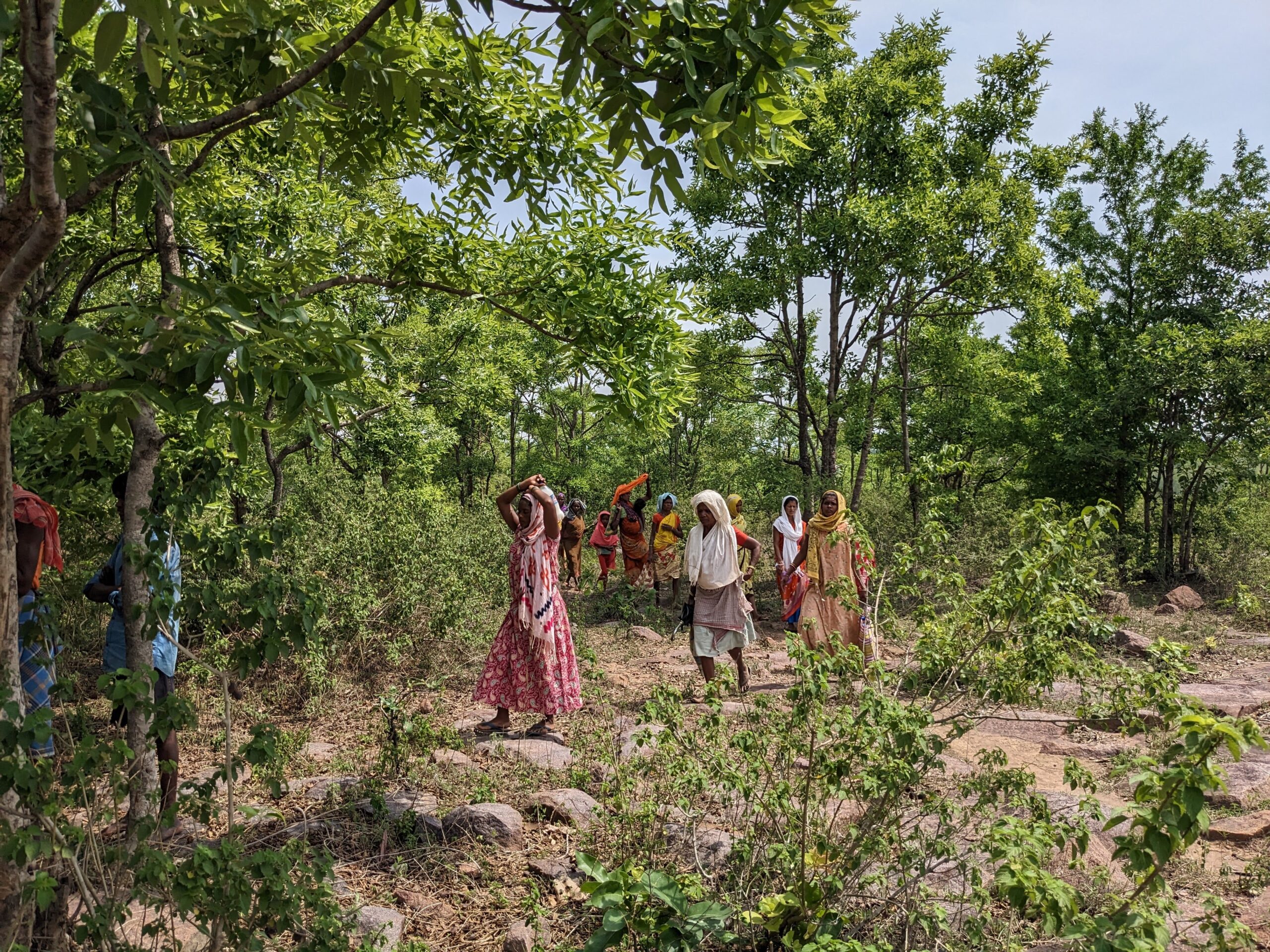 Critical Wildlife Habitat: What is it, how should it be implemented, and how is it being pushed through?Read more
Critical Wildlife Habitat: What is it, how should it be implemented, and how is it being pushed through?Read more -
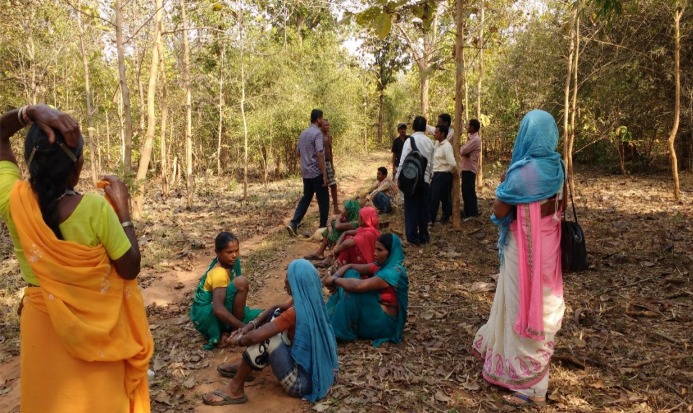 Community Forest Rights Recognition in Chhattisgarh State: Progress and ChallengesRead more
Community Forest Rights Recognition in Chhattisgarh State: Progress and ChallengesRead more
